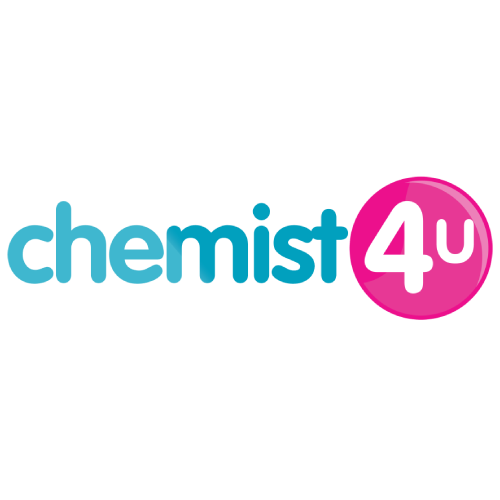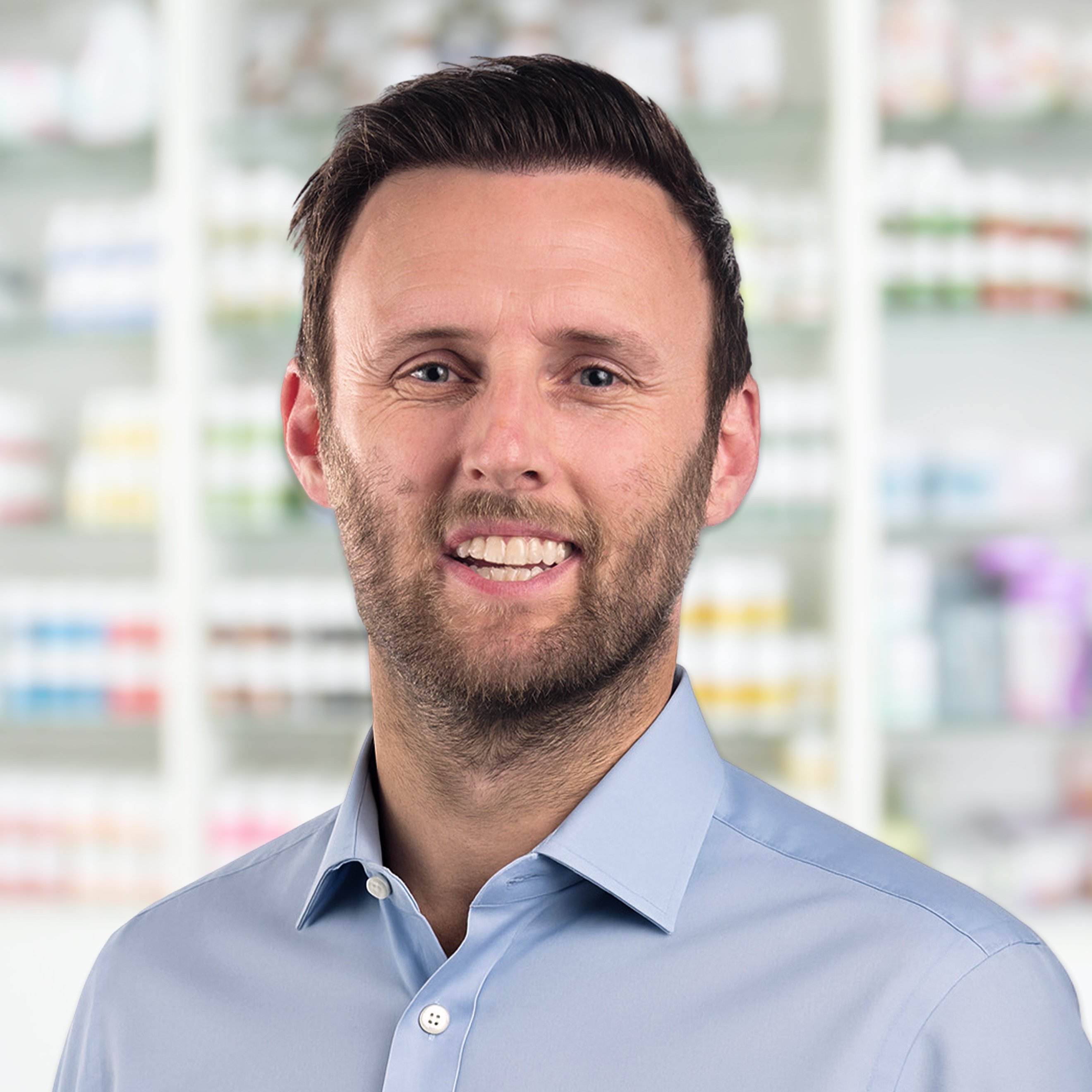NHS Statistics
Since the coronavirus pandemic reached the UK in March 2020, the NHS has been stretched to its limit, treating those infected with COVID-19 and also accommodating for those with long term diseases, outpatient services, and emergency services as usual.
Nearly a year after the start of the pandemic, Chemist4U has researched to see how the NHS has been impacted by the coronavirus, what conditions they are treating the most, and how many people are being treated, including:
- The NHS and COVID-19
- The Perception of the NHS
- A&E Activity
- NHS Outpatient Activity
- Top Conditions and Procedures by the NHS
- & NHS expenditure and Income Sources
Here’s what we found:
The NHS and COVID-19
As of June 28, 2020, 47% of people in the UK had been actively avoiding going to hospitals or other healthcare settings to protect themselves from the coronavirus
While still a high amount, this is a significant decrease from the beginning of the lockdown, when as of April 5, 2020, 76% of people avoided going to the hospital or other healthcare settings.
The number of hospital beds in the UK has seen a steady decline since 2000 when there were around 240,000 hospital beds compared to just 163,873 in 2019.
Cancer Care and COVID-19
Since the COVID-19 pandemic came to the UK, there has been a 76% decrease in urgent GP referrals for suspected cancer and a 60% decrease in chemotherapy appointments.
Due to these indicators, experts at University College London have estimated a 20% increase in deaths from cancer.
Perception of the NHS
As of May 31, 2020, 86% of people in the UK are satisfied with our hospitals’ response to the pandemic, compared to just 79% of people in the US and 75% of those in Germany.
Overall rating of NHS acute hospitals core services in England in 2020
Outpaints and diagnostic imaging services had the highest percentage of “Good” ratings, with 79%.
17% of end of life care services were considered “Outstanding”, the highest of any group.
Urgent and emergency services had the worst overall rating, with only 44% of services considered “Good” and another 44% “Required improvement”.
| Core services | Inadequate | Required improvement | Good | Outstanding |
| Outpatients and diagnostic imaging | - | 12% | 79% | 8% |
| Services for children and young people | 2% | 14% | 78% | 6% |
| Maternity and gynaecology | - | 14% | 77% | 9% |
| End of life care | 1% | 11% | 70% | 17% |
| Critical care | - | 16% | 70% | 14% |
| Surgery | 1% | 23% | 69% | 7% |
| Medical (including older people's care) | 1% | 30% | 62% | 7% |
| Urgent and emergency services (A&E) | 7% | 44% | 44% | 5% |
Top 10 Busiest NHS Hospitals in 19/20 (By Admissions)
| NHS Hospital | Number of admissions |
| University Hospitals Birmingham NHS Foundation Trust | 380,425 |
| Manchester University NHS Foundation Trust | 310,735 |
| University Hospitals of Leicester NHS Trust | 272,315 |
| University Hospitals of Derby and Burton NHS Foundation Trust | 256,145 |
| Barts Health NHS Trust | 254,170 |
| Sheffield Teaching Hospitals NHS Foundation Trust | 249,550 |
| Nottingham University Hospitals NHS Trust | 245,290 |
| University Hospitals of North Midlands NHS Trust | 237,470 |
| The Newcastle Upon Tyne Hospitals NHS Foundation Trust | 235,305 |
| Imperial College Healthcare NHS Trust | 221,920 |
NHS Waiting Times
90.8% of people with all types of cancers were seen within 14 days of referral.
- Those with Suspected Acute Leukaemia were more likely to be seen sooner, with 95.8% of patients seen within 14 days.
- Patients with Suspected Lower Gastrointestinal Cancer were the least likely at 86.9%.
The average waiting time for A&E in 2018 was 64 minutes.
84% of patient attendances spent 4 hours or less in A&E. The government standard is 95%.
NHS A&E Activity
In 2019-20 there were 25 million attendances in Accident and Emergency.
- This is a 1% increase from 2018-19 and a 17% increase from 2010-11.
- 16,377,759 attendances were for major A&E departments
- 8,639,357 attendances were minor injuries or walk-in centres.
There were almost twice as many attendances to A&E departments in England for the 10% of the population living in the most deprived areas (3.1 million), compared with the least deprived 10% (1.6 million)
NHS Outpatient Activity
In 2019-20, there were 124.9 million outpatient appointments and 96.4 million outpatient attendances.
Between 2018/19 and 2019/20, the number of “did not attends” (DNAs) decreased, while the number of patient cancellations and hospital cancellations increased.
Top Conditions treated by NHS
In 2019/20, there were 2.3 million hospital admissions with diseases of the digestive system and was most common in London, the South East, the North East, and the North West.
Neoplasms were the top primary diagnosis in the Midlands and the South West.
Top Procedures by Region
The most commonly recorded main procedures for all regions were ‘miscellaneous operations’ (2.2 million), comprising of operations on multiple systems, drug therapy and operations that could not be categorised in other areas.
Diagnostic testing & rehabilitation and lower digestive tract procedures followed, with about 1.8 million and 1.25 million procedures recorded, respectively.
The region with the highest amount of procedures was the Midlands, with 1.8 million.
NHS Spending and Budgets
In the first full year of the NHS’s operation, the Government spent around £11.4 billion in today’s prices on health in the UK. In 2018/19, the figure was £152.9 billion.
In 2018/19, NHS England’s budget was £114 billion.
- Most of the budget (£75.6 billion) was allocated to Clinical Commissioning Groups (CCGs) based on a needs-based formula for local services.
- About a third of the budget (£38 billion) stays with NHS England for specialised healthcare, primary care, and military and offender services.
NHS Sources of Income
Prescriptions
In England, around 10% of prescriptions involve a prescription charge, currently £9.00 per item. In 2018/19, England received £576 million through the prescription charge, just 0.5% of the NHS resource budget.
Dental
Income raised through dental charges amounted to £807 million in England in 2018/19.
Other Income Sources
Charging overseas visitors for treatment, car parking charges, patient telephone services, and other hospital visitor services provide other sources of income for the NHS. NHS Trusts also earn income through private patients, and in 2018/19, NHS Trusts in England generated £0.6 billion in income from private patients.





